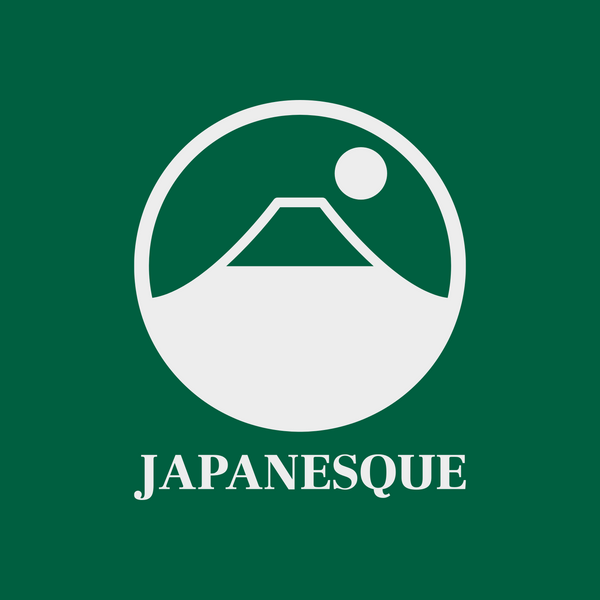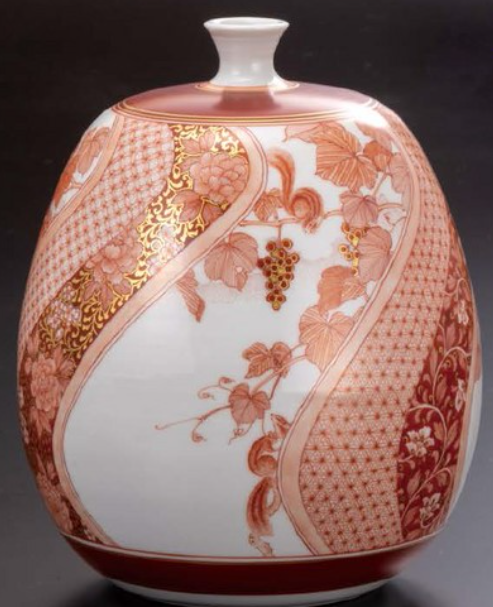
Kutani ware is one of Japan's traditional styles of porcelain known for its vivid colors and elegant patterns. Kutani ware originated around 360 years ago in Ishikawa prefecture, on the Sea of Japan coast.
The life of Kutani lies in its gloriously painted overglaze decorations. Among them are the simple yet dynamic "Ko-Kutani style" (Old-Kutani style), the "Mokubei style" where human figures are painted in red, and the "Shoza style" famous for the motifs of flowers, birds, hills and waters painted in various colors and gold.
The art has continued to innovate, yet it retains its original charm and is highly appreciated in Japan and increasingly across the globe.
<World renowned Kutani ware 4K from Youtube>
In the late 19th century, painter Kutani Shouza developed a painting style that combined gold with various Kutani coloring techniques. Shouza's style is recognized abroad as "Japan Kutani." His pieces were exported to Europe after being showcased at the 1873 Expo in Vienna.
In recent years, Kutani porcelain has been used as gifts by the Imperial Family, and was presented to Prince Charles as a wedding gift.
<Japanese porcelain in the royal resindences from Youtube>
Trafitional 6 decorating styles for Kutani Ware
-
Ko-Kutani, or Old Kutaniyaki (1655~1730)
"Iroe(Gosaite) "featuring 5 colors (red, green, purple, dark blue, and yellow)
"Aote" featuring 4 colors (deep green, yellow, dark blue and purple)
Refer Ishikawa Prefectual Museum of Art
- Mokubee Style (1807~)
Influenced by Chinese ink painting techniques
The entire surface is painted red and the figures are painted in five colors.
- Yoshidaya Style (1824~)
the colors of green, yellow, purple and dark blue as the basis
Revive Ko-Kutani "Aote" and called "Ao-Kutani"
Refer Ishikawa Prefectual Museum of Art
- Iidaya Style (1830~)
Human figures on a red-gold "Aka-e" "Kinran-de" mix
- Eiraku Style (1865~)
"Kinran-de" its simplistic coatings of gold on the first coat of red color
- Shoza Style (1860~)
"Saishiki-Kinrande" a blend of all four techniques of overglazing and Ko-Kutani
Well known as ”Japan Kutani”
Refer Ishikawa Prefectual Museum of Art

